Home>Gardening & Outdoor>Landscaping Ideas>When Does Grass Stop Growing
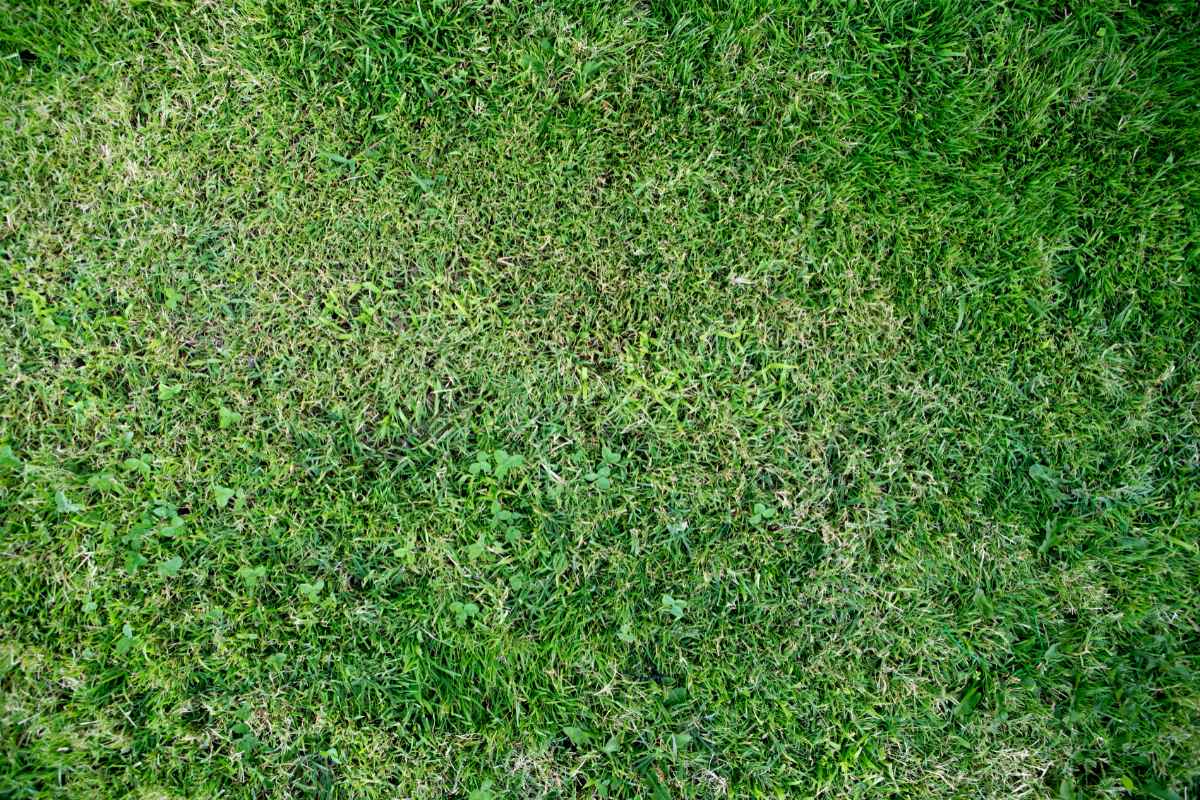

Landscaping Ideas
When Does Grass Stop Growing
Modified: February 18, 2024
Discover the best landscaping ideas for managing grass growth and learn when grass typically stops growing. Create a low-maintenance lawn with our expert tips.
(Many of the links in this article redirect to a specific reviewed product. Your purchase of these products through affiliate links helps to generate commission for Storables.com, at no extra cost. Learn more)
Introduction
Grass is a ubiquitous feature of landscapes, providing lush greenery and a natural carpet underfoot. Its growth and vitality contribute to the beauty of lawns, parks, and open spaces. Understanding the factors that influence grass growth and the seasonal variations in its development is crucial for maintaining healthy and vibrant landscapes.
Grass growth is a dynamic process influenced by a myriad of factors, including climate, soil composition, and maintenance practices. By delving into the intricacies of grass growth, we can gain insights into how to nurture and manage lawns and green spaces effectively.
In this article, we will explore the fascinating world of grass growth, shedding light on the factors that drive its development and the seasonal changes that impact its vitality. Additionally, we will provide valuable tips for managing and maintaining healthy grass growth throughout the year.
Join us on this journey through the verdant realm of grass growth, where we will uncover the secrets to cultivating thriving lawns and vibrant landscapes. Let's embark on this exploration of nature's green tapestry and discover the wonders of grass growth together.
Key Takeaways:
- Grass growth is influenced by climate, soil quality, and maintenance practices. Understanding these factors helps create vibrant lawns that thrive in harmony with nature’s ever-changing rhythms.
- Seasonal changes impact grass growth, presenting unique opportunities and challenges. Adapting lawn care practices to each season maximizes the health and beauty of the grass, ensuring its enduring resilience.
Read more: When Does Grass Stop Growing In Michigan
Factors Affecting Grass Growth
Grass growth is influenced by a multitude of factors, each playing a crucial role in determining the health and vigor of lawns and green spaces. Understanding these factors is essential for implementing effective lawn care practices and ensuring optimal grass growth. Let's delve into the key elements that impact the development of grass:
-
Climate: The climate of a region significantly affects grass growth. Different grass species thrive in specific climate conditions, with factors such as temperature, precipitation, and sunlight playing pivotal roles. Warm-season grasses, including Bermuda grass and Zoysia grass, flourish in hot climates, while cool-season grasses like Kentucky bluegrass and fescue varieties thrive in cooler temperatures. The interplay of temperature and moisture levels profoundly influences the growth patterns of grass, making it essential to select grass species suited to the local climate.
-
Soil Quality: The composition and health of the soil directly impact grass growth. Factors such as soil pH, nutrient levels, and compaction influence the ability of grass roots to absorb essential nutrients and water. Well-aerated, nutrient-rich soil provides an optimal environment for robust grass growth, while compacted or nutrient-deficient soil can hinder root development and overall grass health.
-
Watering and Irrigation: Adequate and consistent watering is vital for sustaining healthy grass growth. Insufficient water can lead to drought stress and stunted growth, while overwatering may result in shallow root systems and increased susceptibility to diseases. Proper irrigation practices, including deep and infrequent watering, help promote deep root growth and enhance the resilience of grass against environmental stressors.
-
Maintenance Practices: Regular mowing, aeration, and fertilization are essential maintenance activities that influence grass growth. Proper mowing height and frequency contribute to the development of dense, healthy turf, while aeration facilitates improved air and water penetration into the soil, fostering robust root growth. Additionally, balanced fertilization provides essential nutrients for grass development, promoting lush, vibrant growth.
-
Pest and Disease Management: Pests and diseases can significantly impact grass growth and vitality. Effective pest control measures, such as integrated pest management strategies, help mitigate the damage caused by insects and other lawn-damaging organisms. Furthermore, proactive disease management through proper cultural practices and, when necessary, targeted treatments, safeguards the health and vigor of the grass.
Understanding and addressing these factors is pivotal for nurturing thriving lawns and green spaces. By considering the interplay of climate, soil quality, maintenance practices, and pest management, we can create an environment conducive to robust and vibrant grass growth.
Seasonal Changes in Grass Growth
Seasonal variations exert a profound influence on the growth patterns and development of grass, shaping the dynamic tapestry of landscapes throughout the year. Understanding the distinct impact of each season on grass growth is essential for implementing tailored lawn care practices and maximizing the vitality of green spaces.
Spring:
As the grip of winter loosens, spring heralds a period of rejuvenation and vigorous growth for grass. Warmer temperatures and increased sunlight stimulate the awakening of dormant grass, triggering rapid green-up and active growth. Spring presents an opportune time for overseeding and fertilization, bolstering the density and resilience of the turf. However, the emergence of spring also brings heightened weed growth, necessitating proactive weed control measures to maintain the health and vigor of the grass.
Summer:
The sweltering embrace of summer poses both opportunities and challenges for grass growth. While warm-season grasses thrive in the heat, cool-season varieties may experience stress and reduced growth during prolonged periods of high temperatures. Adequate irrigation and careful monitoring of soil moisture levels are crucial during the summer months to sustain healthy grass growth. Additionally, regular mowing and proper lawn maintenance practices help mitigate the impact of heat stress and promote lush, resilient turf.
Read more: When Does Grass Stop Growing In Tennessee
Fall:
As summer wanes, the arrival of fall ushers in a period of transition for grass growth. Cooling temperatures and reduced daylight hours signal a gradual slowdown in grass growth, making fall an ideal time for core aeration and overseeding. These practices facilitate improved soil aeration and promote the establishment of new grass seedlings, enhancing the overall density and vitality of the turf. Furthermore, fall presents an opportunity for balanced fertilization, providing essential nutrients to fortify the grass for the impending winter dormancy.
Winter:
The onset of winter brings a period of dormancy and reduced growth for grass, as plummeting temperatures and frosty conditions induce a state of hibernation. While cool-season grasses may retain some green coloration during milder winters, growth is minimal during this season. Winter calls for minimal maintenance activities, with a focus on ensuring proper lawn drainage and protecting the grass from excessive foot traffic to prevent compaction. Implementing proactive measures to safeguard the grass from winter stressors, such as snow mold, helps maintain its resilience for the impending spring resurgence.
By recognizing and adapting to the seasonal nuances of grass growth, we can optimize lawn care practices to nurture vibrant and healthy landscapes throughout the year. Each season presents unique opportunities and challenges, and by embracing tailored approaches to grass maintenance, we can cultivate thriving lawns that flourish in harmony with nature's ever-changing rhythms.
Tips for Managing Grass Growth
-
Proper Mowing Techniques: Maintain the ideal mowing height for your grass species, as cutting it too short can weaken the turf and make it more susceptible to stress and diseases. Regular mowing, following the one-third rule (cutting no more than one-third of the grass blade's height at a time), promotes healthy growth and a lush appearance.
-
Adequate Watering: Water deeply and infrequently to encourage deep root growth and drought tolerance. Early morning is the best time to water the lawn, minimizing water loss due to evaporation and allowing the grass to dry before nightfall, reducing the risk of disease.
-
Soil Aeration: Regularly aerate the soil to alleviate compaction and improve air, water, and nutrient penetration to the grassroots. Core aeration, especially in compacted areas, promotes robust root development and enhances overall grass health.
-
Balanced Fertilization: Apply fertilizers at the right time and in the correct amounts to provide essential nutrients for grass growth. A soil test can help determine the specific nutrient needs of the lawn, ensuring targeted and effective fertilization.
-
Weed Control: Implement proactive weed control measures to prevent invasive weeds from competing with the grass for essential resources. Regular monitoring and timely intervention help maintain the integrity and density of the turf.
-
Pest and Disease Management: Stay vigilant for signs of pest infestations and diseases, and take prompt action to address any issues. Integrated pest management and cultural practices, such as proper watering and mowing, contribute to a resilient and healthy lawn.
-
Seasonal Maintenance: Tailor lawn care practices to the specific needs of each season. Adjust watering schedules, mowing heights, and fertilization based on seasonal variations to optimize grass growth and vitality.
-
Overseeding: Introduce new grass seed to fill in bare patches and enhance the density of the turf. Overseeding in the fall, when soil temperatures are conducive to seed germination, promotes a thicker, more resilient lawn.
-
Lawn Edging: Define the borders of the lawn through regular edging, creating a clean and polished appearance. Edging also prevents grass from encroaching into flower beds and walkways, maintaining a neat and well-defined landscape.
-
Regular Maintenance: Consistent care and attention, including removing thatch buildup, dethatching when necessary, and addressing bare spots, contribute to the overall health and vibrancy of the lawn.
By incorporating these tips into your lawn care regimen, you can effectively manage grass growth and cultivate a lush, resilient lawn that enhances the beauty of your outdoor spaces. Understanding the nuances of grass maintenance and implementing tailored practices ensures that your lawn thrives throughout the year, presenting a verdant tapestry of natural splendor.
Conclusion
In conclusion, the growth of grass is a dynamic and intricate process influenced by a myriad of factors, including climate, soil quality, maintenance practices, and seasonal variations. Understanding the interplay of these elements is essential for nurturing vibrant and healthy lawns and green spaces.
By recognizing the impact of climate on grass growth, we can select suitable grass species and implement tailored care practices to optimize their development. The health of the soil plays a pivotal role in fostering robust grass growth, emphasizing the importance of soil quality assessment and targeted amendments. Furthermore, proactive maintenance practices, including proper mowing, watering, and fertilization, contribute to the resilience and vitality of the turf.
Seasonal changes exert a profound influence on grass growth, presenting unique opportunities and challenges throughout the year. By adapting lawn care practices to align with the distinct requirements of each season, we can maximize the health and vibrancy of the grass, ensuring its enduring beauty and resilience.
In essence, effective grass growth management encompasses a holistic approach that integrates environmental awareness, tailored maintenance practices, and a deep understanding of the seasonal dynamics. By embracing these principles, we can cultivate thriving lawns and green spaces that stand as testaments to the harmonious coexistence of nature and human stewardship.
As we navigate the verdant realm of grass growth, let us embark on a journey of stewardship and appreciation for the natural splendor that unfolds beneath our feet. Through mindful care and a deep connection to the rhythms of nature, we can create landscapes that teem with vitality and beauty, enriching our lives and the world around us.
Frequently Asked Questions about When Does Grass Stop Growing
Was this page helpful?
At Storables.com, we guarantee accurate and reliable information. Our content, validated by Expert Board Contributors, is crafted following stringent Editorial Policies. We're committed to providing you with well-researched, expert-backed insights for all your informational needs.

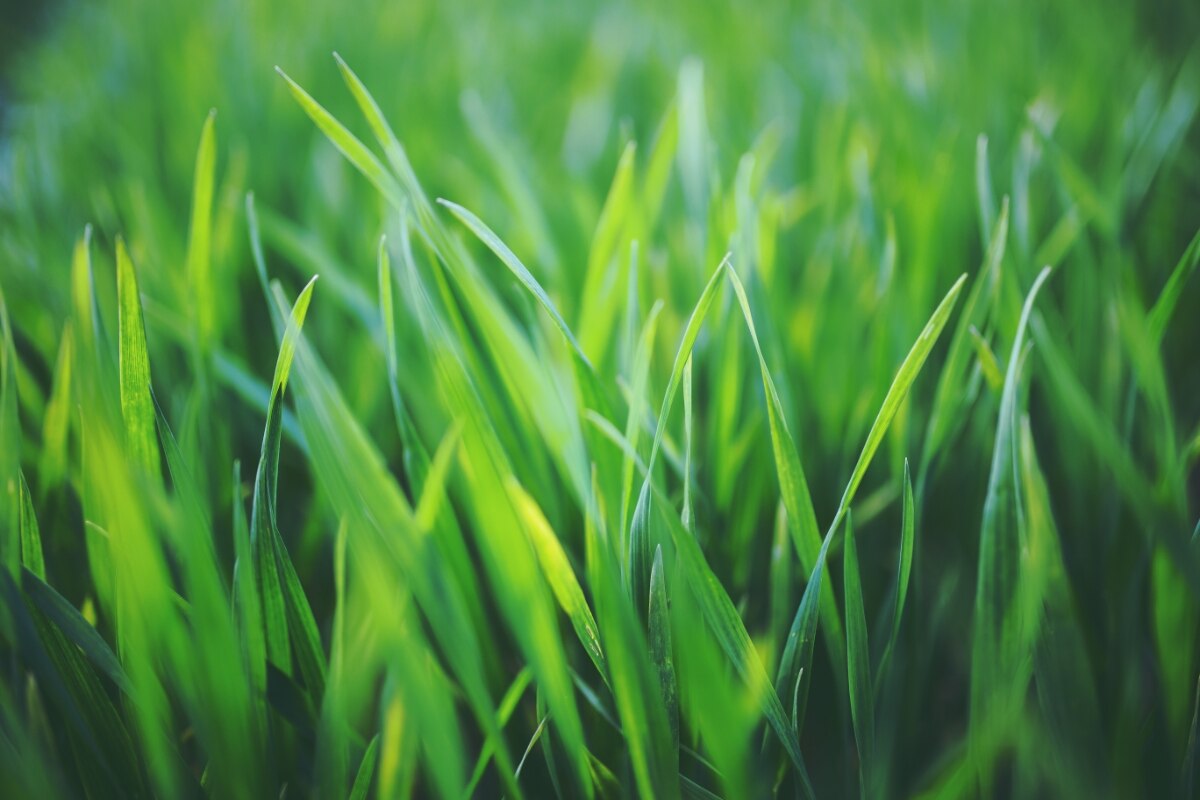
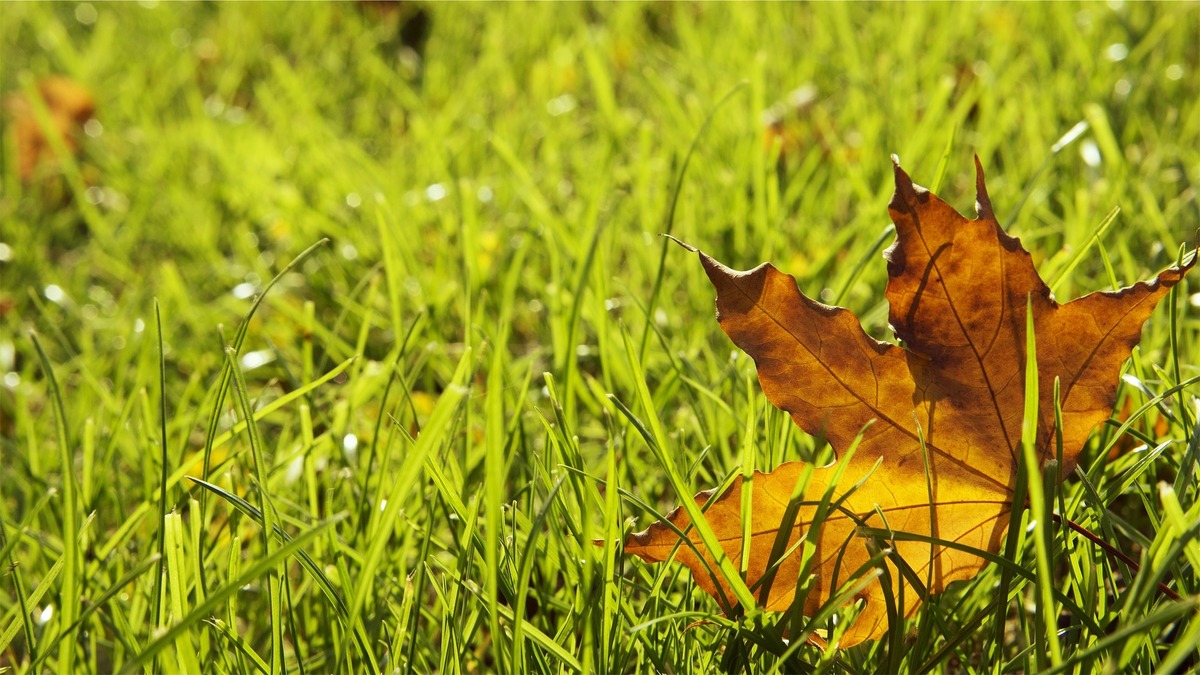
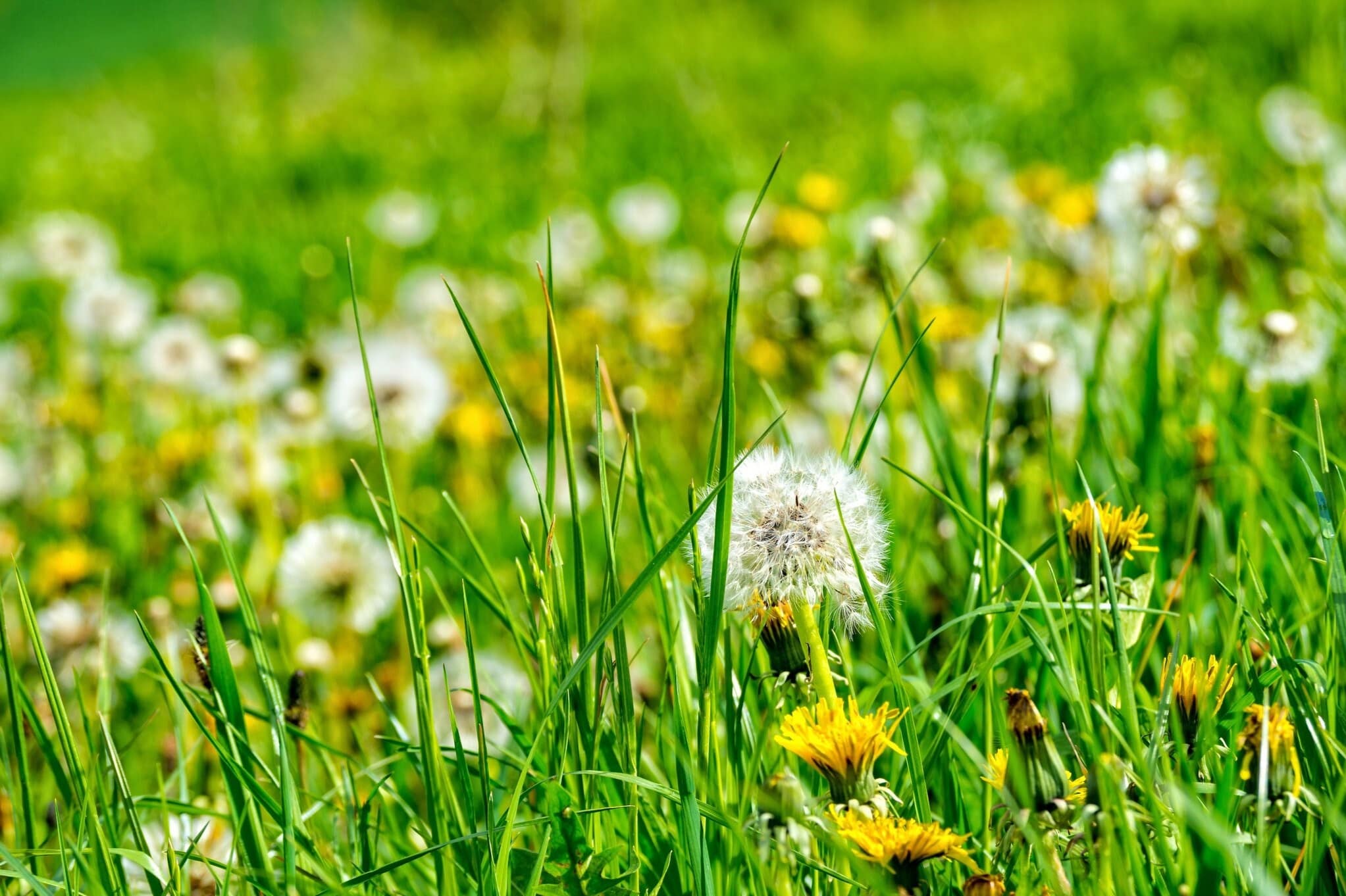
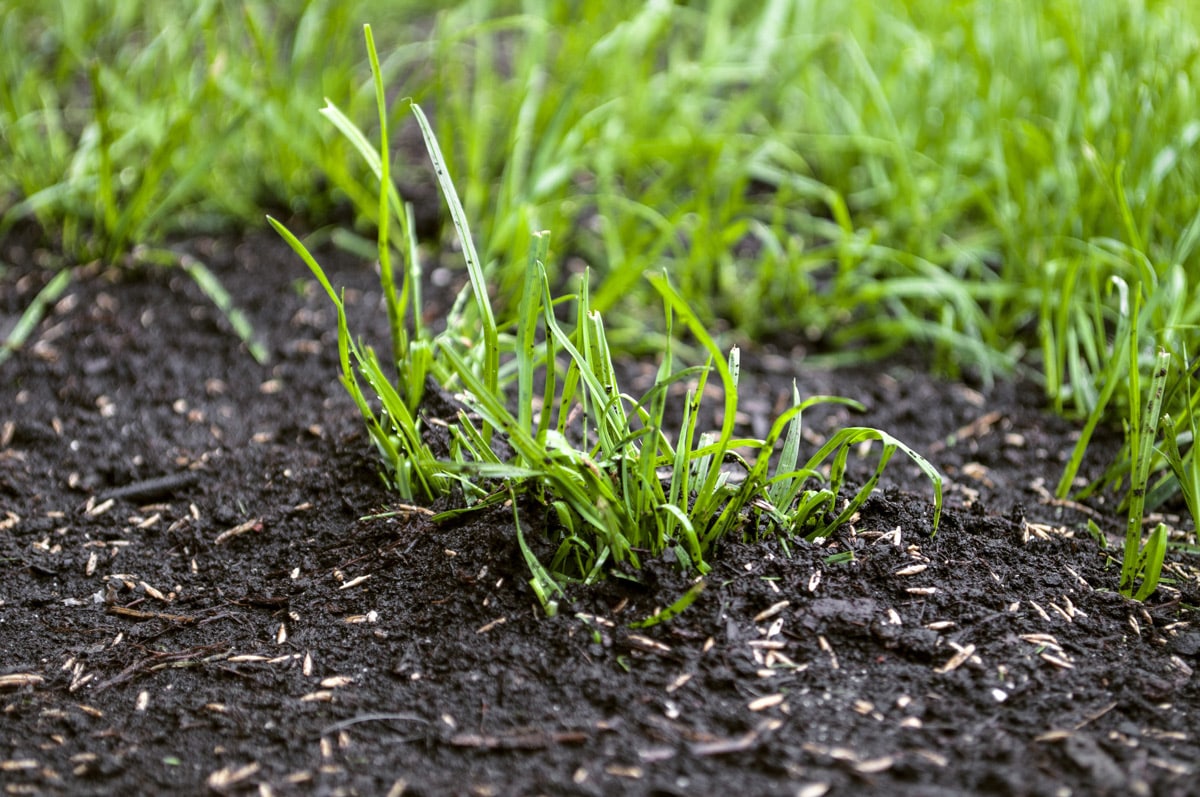
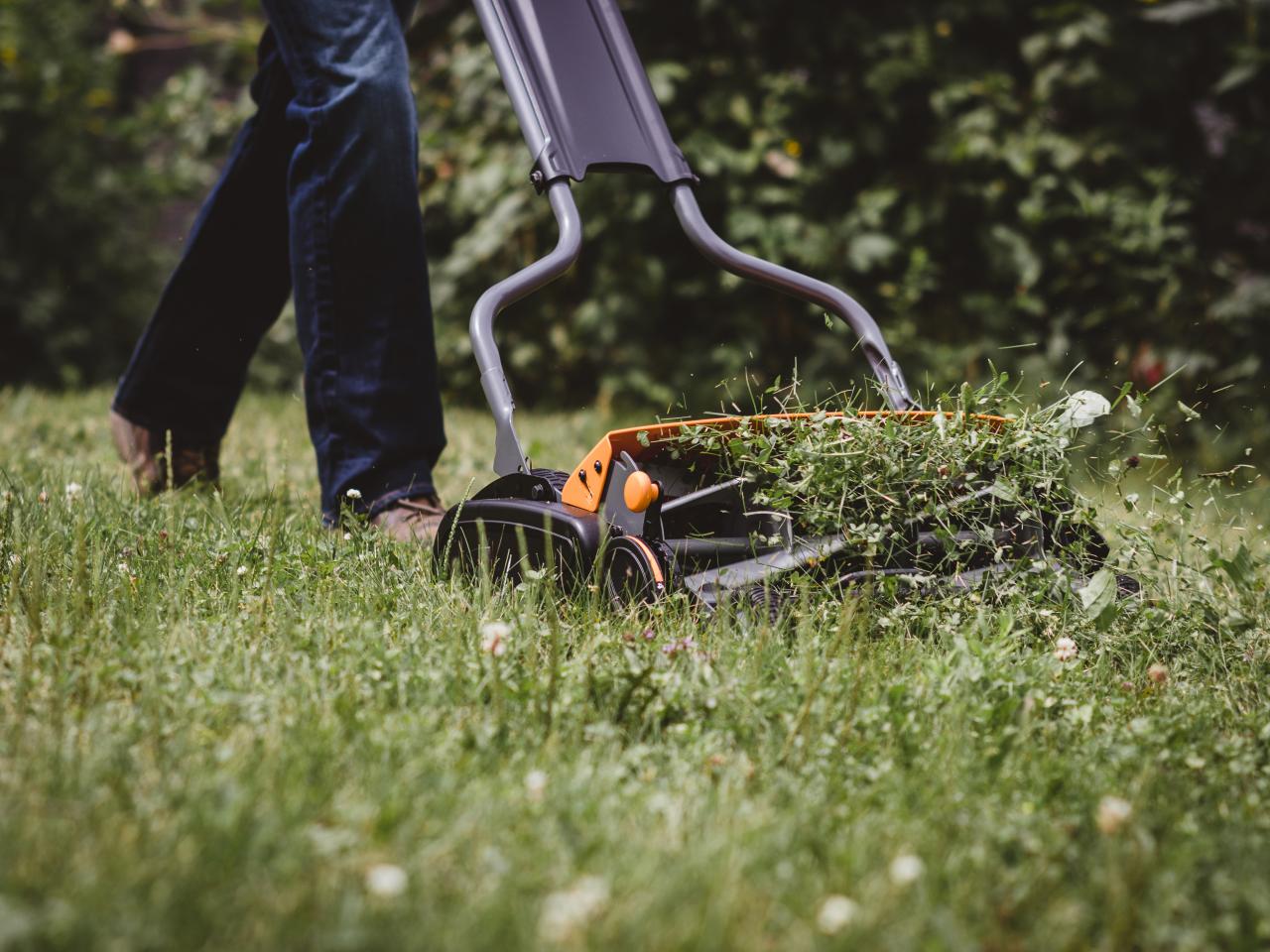
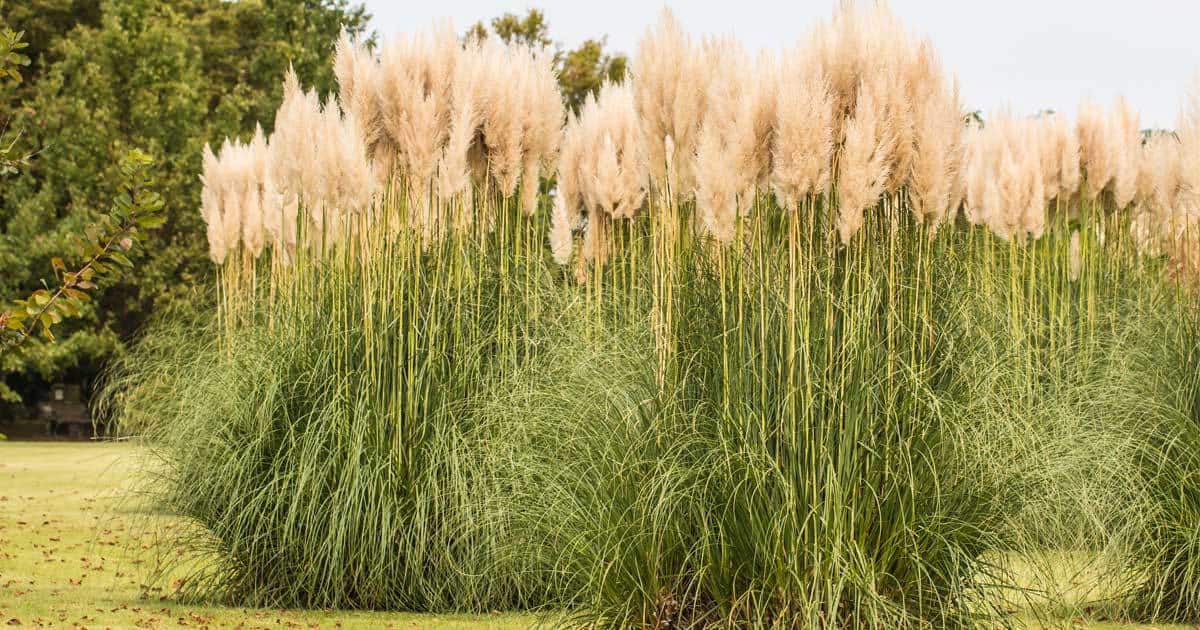

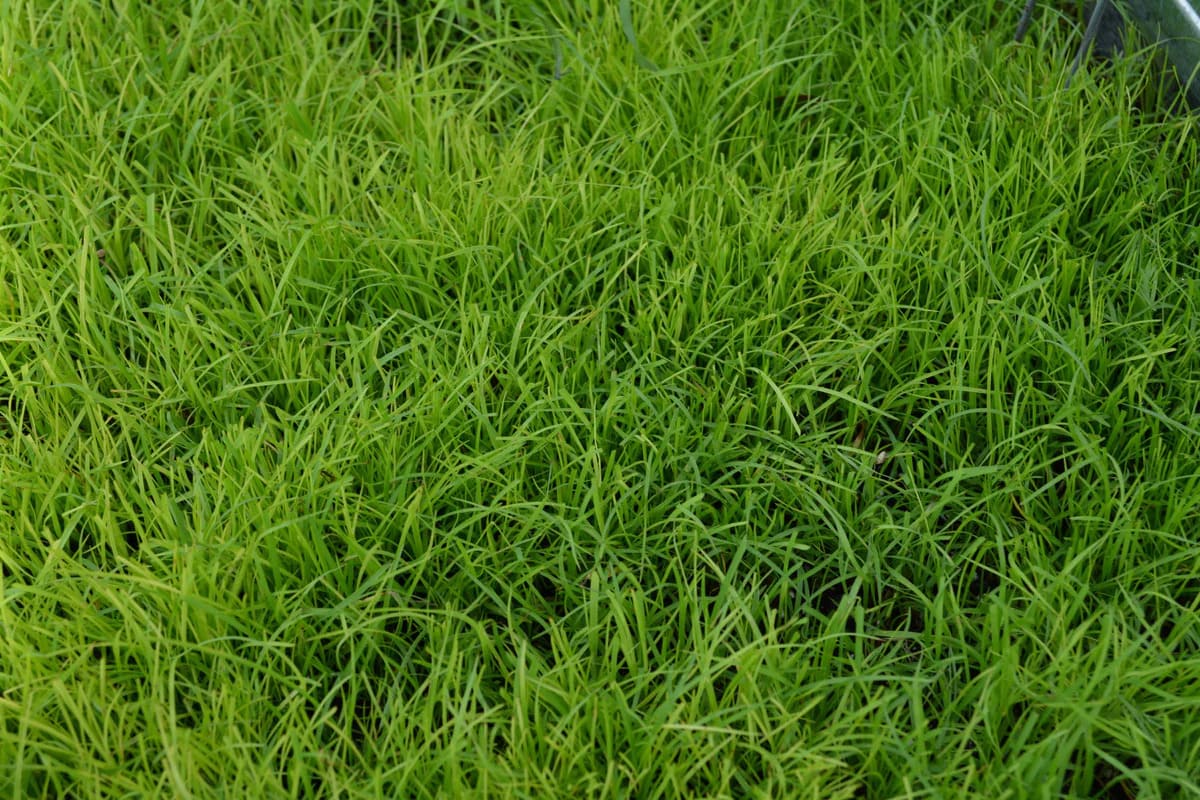
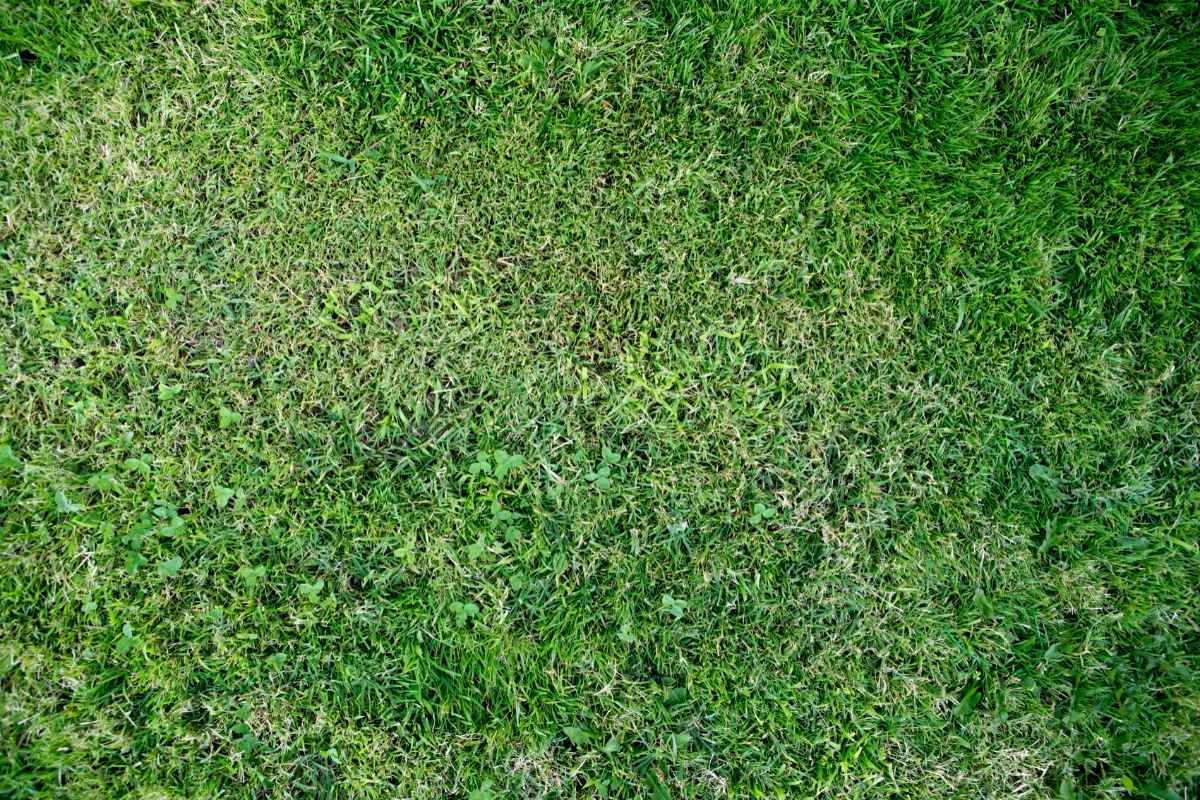

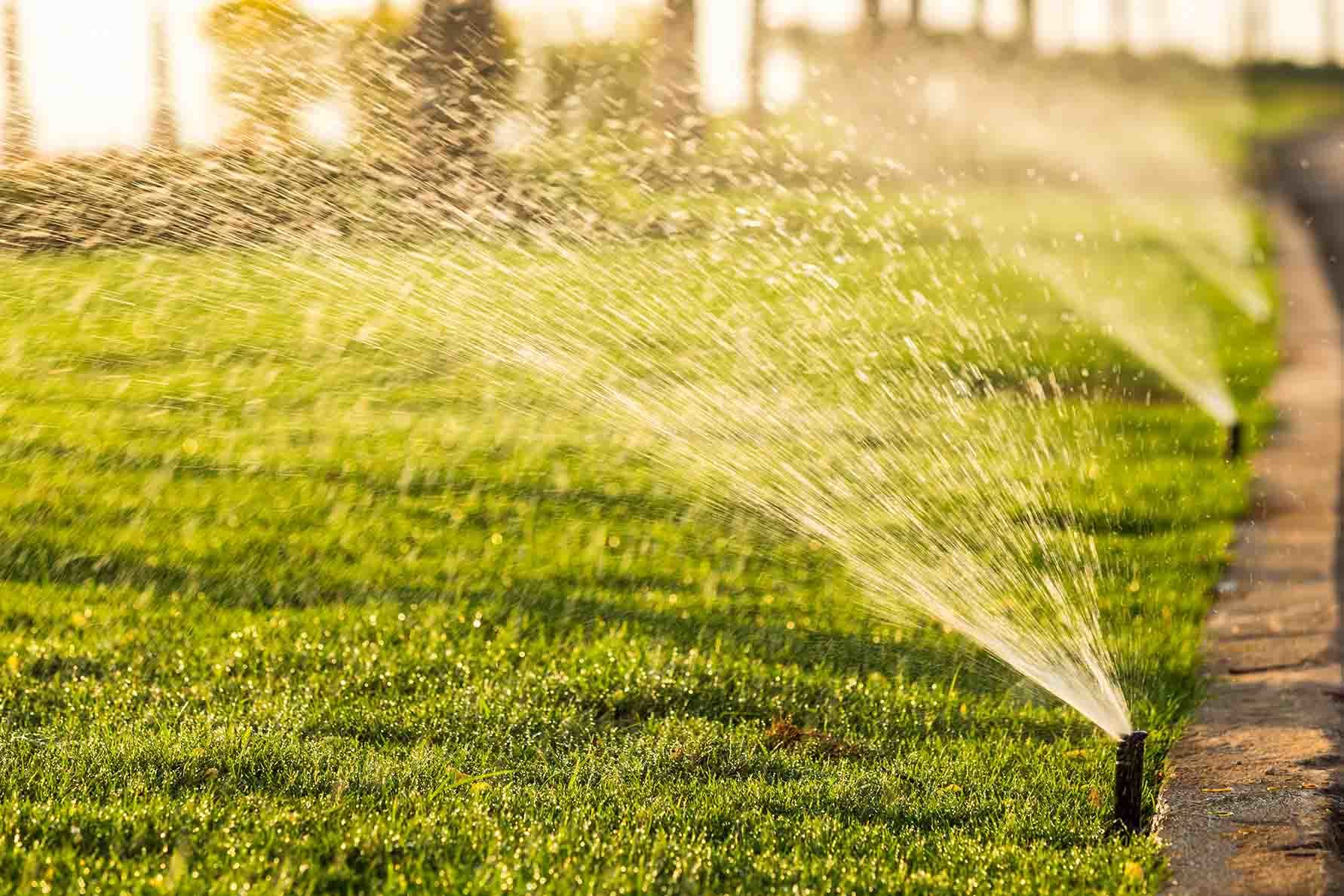
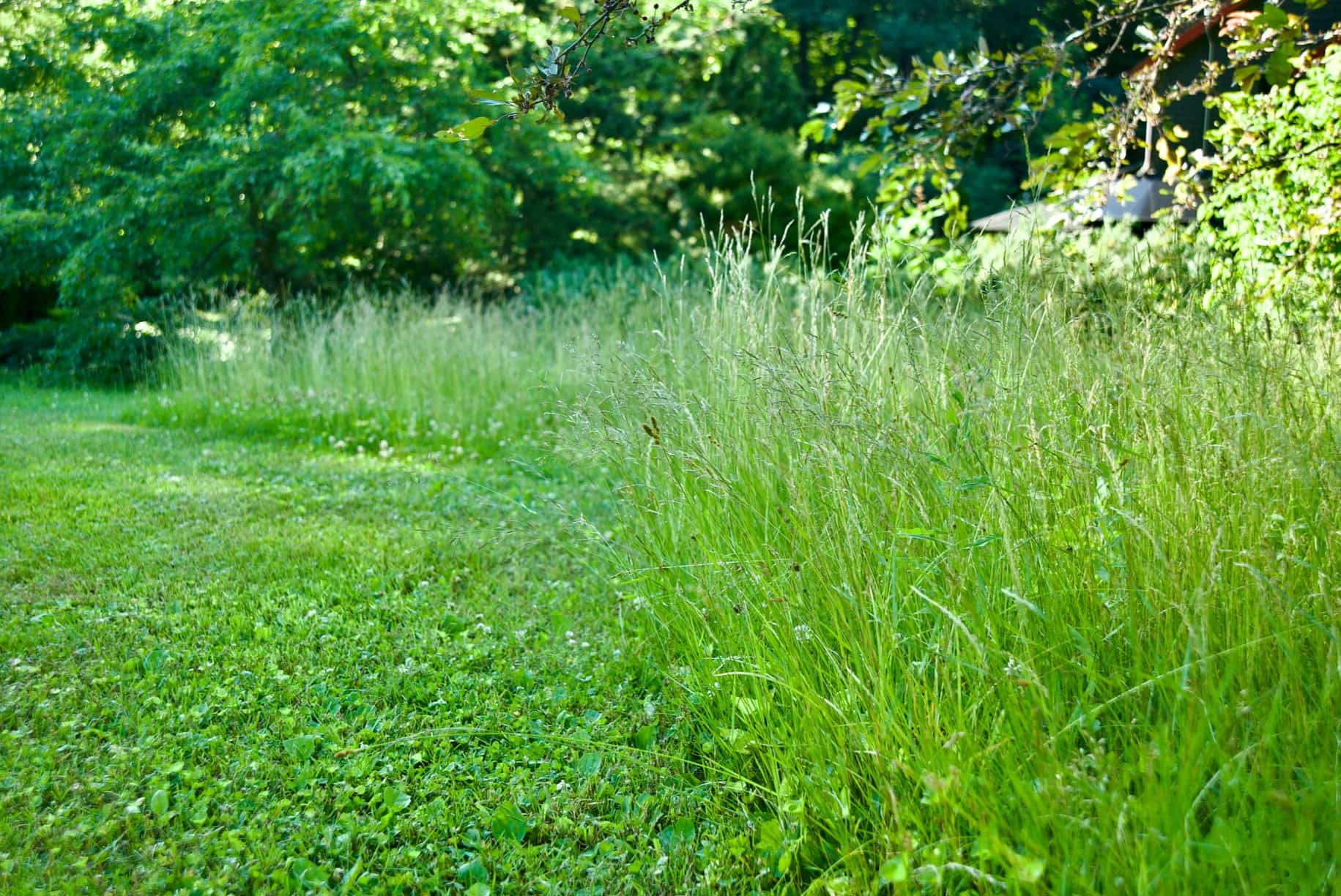
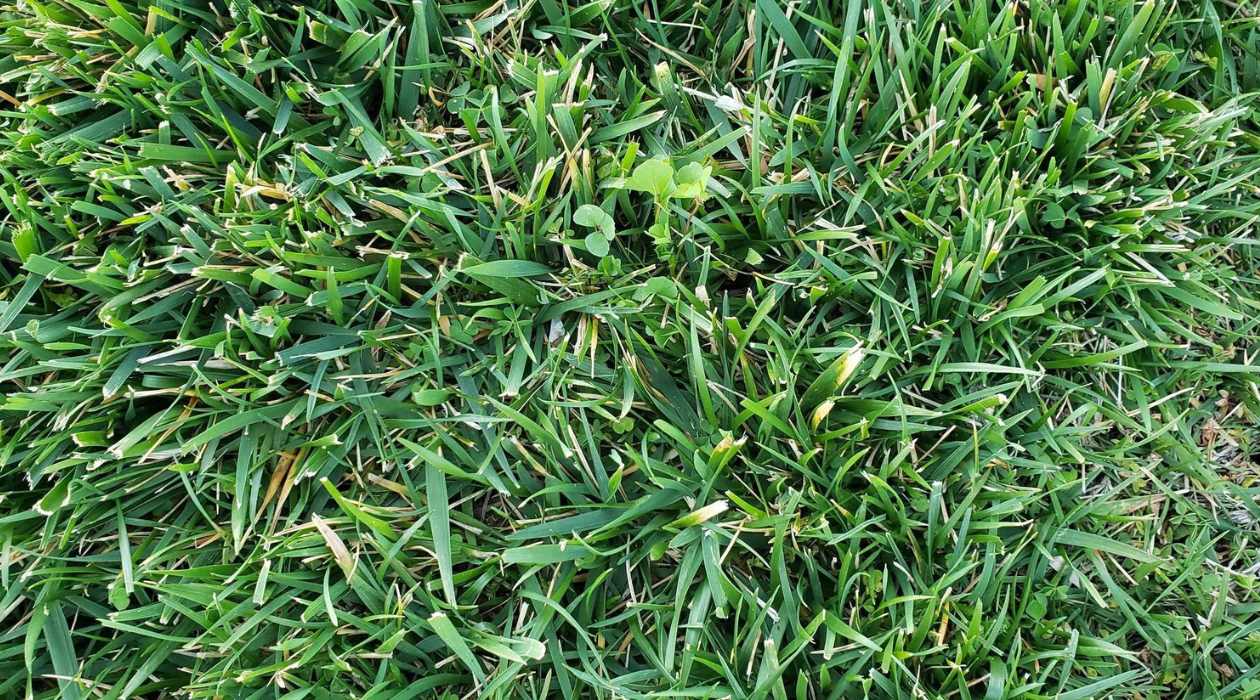

0 thoughts on “When Does Grass Stop Growing”